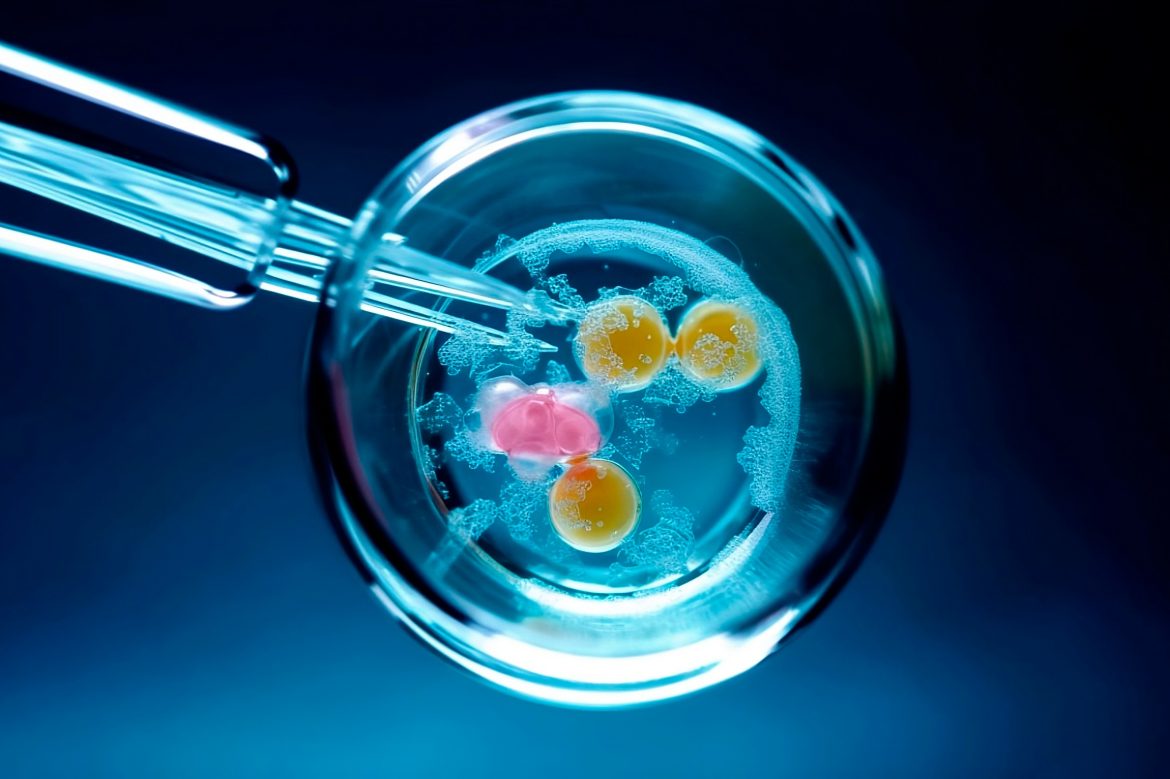
Novel Stem Cells are Coming!
Stem cells, the original raw materials of the body that can become almost any other type of cells, are key to a number of therapeutic treatments. They are particularly important in regenerative medicine, which focuses on replacing damaged or diseased cells with healthy ones produced from stem cells.
Scientists have been able to use adult somatic cells –and mainly skin cells- to create stem cells for over 15 years. In 2006, Shinya Yamanaka and Kazutoshi Takahashi demonstrated that it’s possible to artificially reprogram somatic cells to act similarly to embryonic stem cells. They succeeded in doing this by introducing four specific genes (which are now called “Yamanaka factors”) into mature cells. The resulting cells are called induced pluripotent stem (iPS) cells.
The technique provided a way to create a virtually unlimited supply of stem cells, that could be used to generate any type of cell in the body, and Yamanaka received a Nobel Prize in 2012 for his work. Although the development created much enthusiasm, there was one problem with the iPS cells: They did not always act exactly like embryonic stem (ES) cells. The iPS cells still retained the biological “memories” of cells they were derived from and always had the potential to display functional differences from embryonic stem cells. This could also affect the function of cells derived from them, limiting their therapeutic use.
A large group of scientists from Australia recently reported in Nature that they have developed a new technique to overcome this problem. The technique, called “transient- naïve-treatment (TNT) reprogramming” mimics the normal reprogramming process in early embryonic development and erases the memory of mature cells in the process, thus making them more similar to embryonic stem cells -both molecularly and functionally. As a result, iPS cells generated using the new method differentiated into a number of other cell types, including neuron progenitors, better than those generated with the standard method. “We predict that TNT reprogramming will establish a new benchmark for cell therapies and biomedical research, and substantially advance their progress,” says Ryan Lister, from the Harry Perkins Institute of Medical Research and The University of Western Australia.
The new technique is expected to have significant implications for biomedical and therapeutic uses, especially in disease modelling, drug screening, and cell-based therapies. Producing pancreatic cells for the treatment of diabetes, T-cells for immunity, and dopaminergic neurons for Parkinson’s are just a few we can name.
Stem cell transplants are currently used in the treatment of anaemia, diabetes, cardiovascular diseases, autoimmune diseases, Alzheimer’s and Parkinson’s, and many cancers, including leukaemia and lymphoma.
REFERENCES
- 1. https://www.genengnews.com/topics/translational-medicine/cause-im-tnt-new-reprogramming-method-produces-naive-human-induced-pluripotent-stem-cells/
- 2. https://www.popularmechanics.com/science/health/a44833085/stem-cells-memory/
- 3. https://www.sciencetimes.com/articles/45543/20230822/epigenetic-memory-erasure-stem-cells-key-better-regenerative-therapies.htm
